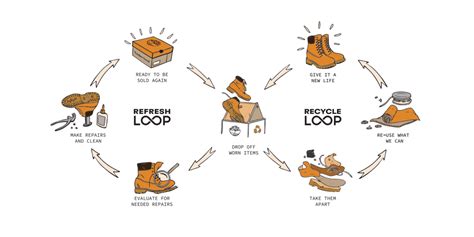Norfolk Island, a tiny territory situated between Australia and New Zealand, found itself caught in a peculiar situation when the Trump administration unexpectedly imposed a 29% tariff on its goods. This unprecedented move left many scratching their heads as to how this remote and relatively unknown location could be entangled in such a predicament.
Diving into the details reveals a curious mix-up that led to Norfolk Island being slapped with tariffs it had no connection to. The root of the issue stemmed from mislabelled shipments originating from not only Norfolk Island but also Heard Island and McDonald Islands, two uninhabited Australian territories. These shipments, which spanned various items like aquarium systems, Timberland boots, wine, and recycling plant parts, were mistakenly attributed to these remote outposts.
Erroneous Trade Data
Upon closer examination of US import data and shipping records, it became apparent that numerous goods were inaccurately marked as coming from Norfolk Island or Heard and McDonald Islands despite having no actual ties to these locations. In some instances concerning Norfolk Island specifically, confusion arose due to addresses or ports being associated with places like Norfolk in the UK or Virginia in the US instead of the Australian territory.
Amidst all this chaos, one glaring fact stood out – Norfolk Island adamantly proclaimed no export relationship with the US. So why then was it subjected to tariffs that seemed unjustified? The Australian government echoed this sentiment of bewilderment over Washington’s sudden imposition of levies on an island that purportedly had negligible trade dealings with America.
Australian Outrage
Australia’s Prime Minister expressed disbelief at how nowhere seemed immune from Trump’s tariff whims while Trade Minister Don Farrell labeled it as an obvious blunder. Even George Plant, the administrator of Norfolk Island, reiterated that there were no recorded exports bound for the United States from their shores.
However, official US data contradicted these claims by indicating sizeable exports worth millions headed stateside from Norfolk Island in recent years. Despite this statistical discrepancy, local businesses like Franks Shoes vehemently denied any involvement in exporting shoes to American markets.
The Trail of Mislabeling
Further investigations uncovered a trail of shipping documents erroneously citing Norfolk Island as the origin point for various products ranging from footwear to steel equipment. Companies like Timberland found themselves unwittingly embroiled in paperwork mishaps attributing their goods’ origins incorrectly.
The slip-ups didn’t end there; similar errors extended towards other territories like Heard Island and McDonald Islands where machinery imports were wrongly linked back to these desolate Antarctic islands rather than their actual European sources.
Expert Insights:
Jared Mondschein from the University of Sydney highlighted how rushed policymaking often leads to oversights such as these tariff miscalculations: “If you input wrong data in…you’re going to get wrong data out.” This rush job likely resulted in innocent territories being unfairly targeted by tariffs meant for others due to erroneous trade statistics.
As we delve deeper into this unfolding saga involving unlikely targets entangled in global trade disputes through bureaucratic blunders and administrative haste – one can’t help but wonder what other surprises await those inadvertently caught up in geopolitical crossfires.

